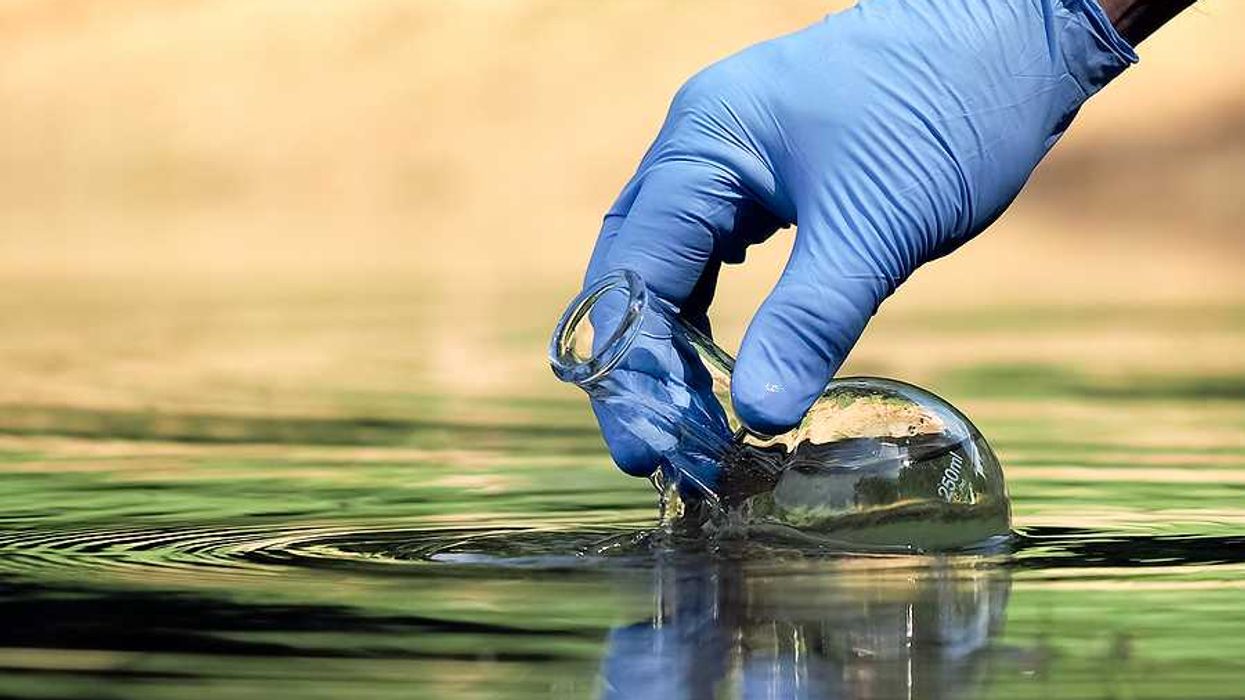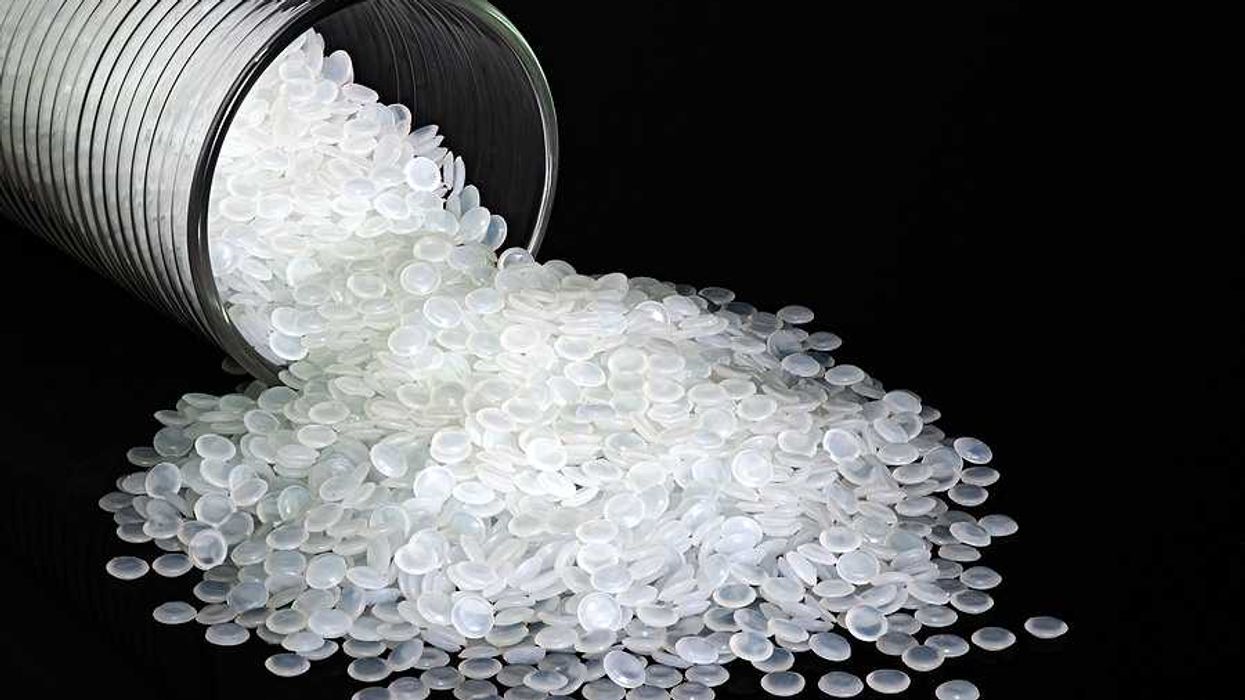A new investigation has raised concerns about synthetic hair used in braiding products, as limited oversight and sparse research leave key health questions unanswered.
Kenya Hunter reports for The Associated Press.
In short:
- A Consumer Reports study found lead, benzene, and other carcinogens in 10 popular synthetic braiding hair products, but the study lacked peer review and used a small sample size.
- Experts agree more research is needed to assess safety; existing studies suggest synthetic hair can release volatile organic compounds when heated.
- Regulatory oversight is minimal, prompting consumer advocates to call on the U.S. Food and Drug Administration to begin monitoring synthetic hair products more closely.
Key quote:
“I think that in our culture, we sometimes normalize things to the point where we don’t see the harm ... the more that we can raise awareness that some of these cultural routines could potentially provide harm is us having the potential to stop that harm.”
— Jasmine McDonald, professor of epidemiology at Columbia University
Why this matters:
Synthetic braiding hair contain plastic-based fibers, often made of acrylonitrile or PVC, can release potentially harmful chemicals when heated during styling, such as during the common practice of sealing braids with hot water or blow-drying. Limited independent testing has revealed the presence of known or suspected carcinogens, including volatile organic compounds, raising red flags about what users may be inhaling or absorbing through the scalp. Yet federal oversight is virtually nonexistent, and companies are not required to disclose the full list of chemicals used in manufacturing or finishing the hair.
Related EHN coverage:














